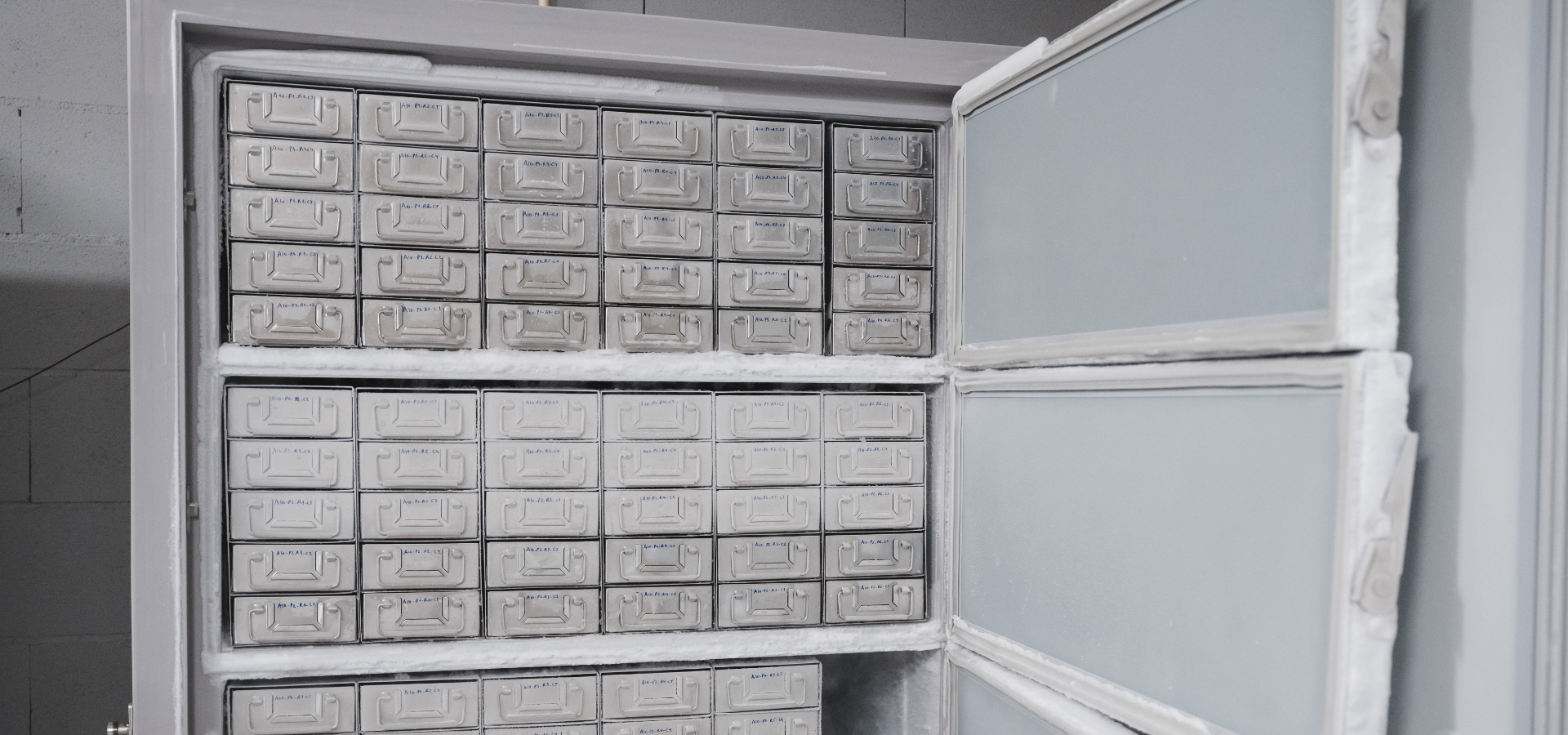Placenta, venous blood, serum, umbilical cord blood, teeth, hair and breast milk are some of the human samples that integrate the BioBank of the Instituto de Saúde Pública da Universidade do Porto (ISPUP), a structure built with the purpose of facilitating the investigation of the determinants of human health.
It has been around for 18 years and gathers 200,000 biological samples that are “unique at the national level and relatively rare worldwide”, says Henrique Barros, the coordinator of the Institute´s BioBank, who compares this structure to a kind of “time capsule of biological material and information about the circumstances of life, where you put something valuable with the aim of using in the future”.
Created with the purpose of being useful for research in the area of determinants of human health, and focusing on conditions relatively frequent in the general population, such as diabetes, cardiovascular diseases, rheumatic diseases and cancer or obesity and disorders of behavior, the ISPUP BioBank has a huge amount of information from participants from four Portuguese population cohorts (longitudinal studies that evaluate the health evolution of the population over time) that cover different generations: EPIPorto (the adult population of Porto), EPITeen (young adults from Porto), Generation XXI (children of the city of Porto) and Bitwin (twins), but also cross-sectional samples that are representative of Portugal´s mainland population.
Biological samples preserved in the BioBank are linked to information on a diversity of variables such as socioeconomic, housing, feeding, cognition, among others. “This comprehensive characterization of our participants is the essential added value of our BioBank. It help us know how to preserve health or the causes of illness”.
ISPUP´s BioBank, the only of its kind in Portugal, makes it possible to follow people before the disease occurs. “If we add the new omic technologies and samples that we have stored in participants who now have a health condition, but that in a point in the past did not, we can search for biological markers known for this condition and understand at what point in the life of the person emerged that variable change. Also, it can be used in conjunction with biobanks of patients, as population controls. From a perspective of public health, there is a huge potential”.
The obvious development passes through ensuring our own facilities, designed to house the BioBank, with additional valances, expanding the types of preserved specimens and the type of services offered by the Biobank, assuming its function as a big health research infrastructure.
Image: All Rights Reserved

